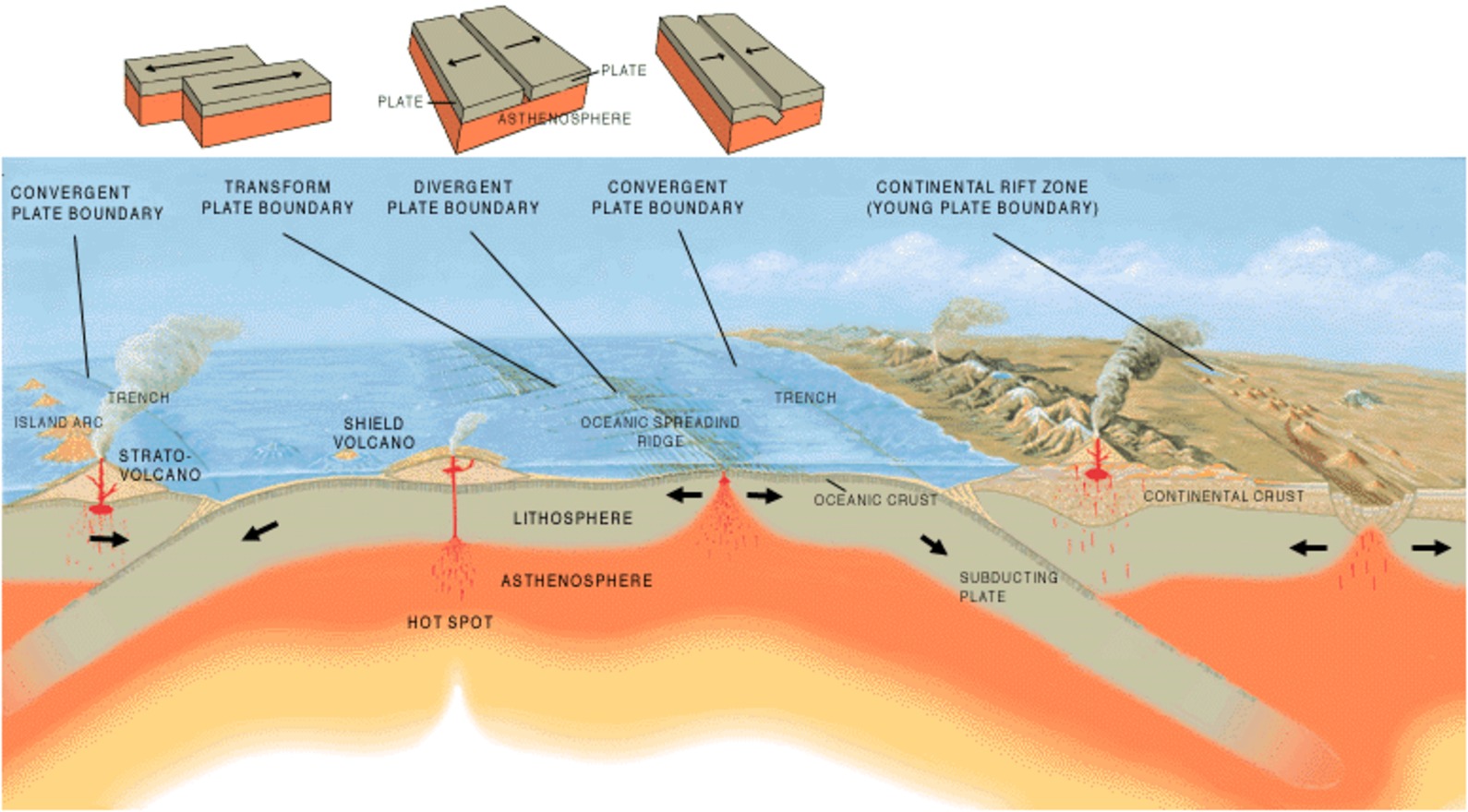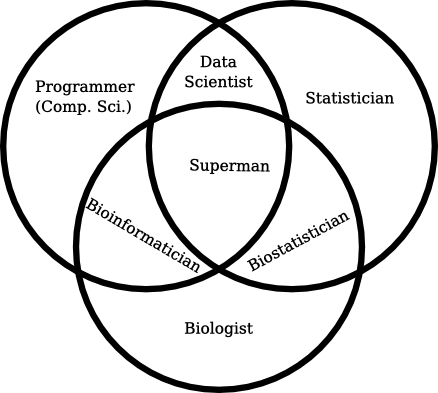Is the Earth really the only known planet with plate tectonics?

If two plates on the Earth diverge in different directions, then a new crust is formed at their border. If they come together, then the crust in this place collapses when one plate drives under another. It also happens that the crust is transformed when the plates slide horizontally past each other.
Without plate tectonics, our planet would be very different. The constant changes in the earth’s crust provide us with a stable climate, mineral and oil deposits, and oceans with a life-sustaining balance of chemicals. They even give rise to evolution every few hundred million years.
Where did plate tectonics come from? Models show that for plate tectonics to work, the planet must be the right size. If it turns out to be too small, then its lithosphere – the solid part of the crust and upper mantle – will be too thick. Too big – and its powerful gravitational field will squeeze all the plates together, holding it tightly and not allowing it to move. Conditions must also be optimal: the rocks that make up the planet must not be too hot, not too cold, not too wet and not too dry.
But even if these conditions are met, there is another decisive factor that must be considered. Somehow, the lithosphere must split so that one piece sinks under the other. Today we are witnessing this process known as “subduction”at the boundary of many ocean basins, when the cold, dense ocean floor slides under the more buoyant continental crust and sinks into the mantle.

Lake Baikal. The water surface area of Lake Baikal is 31,722 km2 (excluding islands), which is approximately equal to the area of countries such as Belgium or the Netherlands. In terms of water surface area, Baikal ranks seventh among the largest lakes in the world. The lake is located in a kind of basin, surrounded on all sides by mountain ranges and hills. Baikal is the deepest lake on Earth, 1642 m. It is located in the deepest continental rift valley known on Earth, formed as a result of the expansion of tectonic plates
However, the early Earth was much warmer than today, and instead of a fragile outer crust, it was covered with a sticky mass, in which the first cracks were to appear. Numerous computer models have attempted to simulate the conditions under which crustal fracture would spontaneously occur, but so far they have all failed.
I could make the first hole mantle plume (hot mantle flow moving from the base of the mantle near the core of the Earth, regardless of convective currents in the mantle), which broke through from below. Or perhaps the impetus was an asteroid or comet that, on impact, broke through the sticky surface layer and set off a chain of events that led to the appearance of the first moving plates.
Another ambiguity is when exactly this might have happened. Very little historical information can be dug up in the oceanic crust, because most of it is not ancient enough – the oceanic crust usually collapses in subduction zones as little as 200 million years after the formation of an oceanic ridge. However, evidence of oceanic crust that escaped subduction provides clues. Ophiolites – these are fragments of ancient oceanic crust that crawled onto the continental crust in the subduction zone, and did not end up under it. A recent study dated an ophiolite candidate specimen in Greenland at 3.8 billion years old, the oldest date associated with plate tectonics.

The disintegration of the supercontinent Gondwana, which at one time was a large part of Pangea, into smaller continents – South America, Antarctica, Africa, Australia, as well as components of other recognizable continents such as Arabia and India
Whatever the exact date of the beginning of tectonic processes, since then they have been shaping and reshaping the surface of our planet. This process recycles water, carbon and nitrogen, creating an environment ideal for life. It also created many of the oil, gas, and mineral deposits that we find on Earth, all through pressure and baking rocks to the right degree. Volcanoes spewing carbon dioxide into the atmosphere and crawling tectonic plates together maintain a climate suitable for life.
Plate movement also causes the contours of the oceans to change, mountains to rise and fall, and continents to pull together and pull apart. Every 500-700 million years, plate tectonics brings the continents together to form a supercontinent. The last of these, Pangea, existed 250 million years ago, and in about 250 million years the continents will collide with each other again.
As these supercontinents slowly disintegrate, splitting land and forming shallow seas, evolution is in full swing, producing countless new species that populate new habitats.
Eventually, the lithosphere will solidify as the Earth cools and convection currents in the mantle become too weak to push the plates. No one knows for sure how much more plate tectonics is left, or if it will stop before our planet is swallowed up by the sun. But let’s not worry too much about this: by the time that happens, humans will likely be a distant memory in the life of the planet.
On Earth, plate tectonics creates mountains, causes tsunamis, and forms volcanoes. To paraphrase the words of the late evolutionary biologist Theodosius Dobzhansky, nothing on the surface of the Earth makes sense unless this process is considered. And in this respect, our house seems to be unique. Of course, other planets are geologically active, but we have yet to find an Earth-like system of plate tectonics elsewhere in the universe.
Thomas Watters, a senior fellow at the National Air and Space Museum in Washington, DC, focuses on planetary tectonics. He says that while there are at least 15 moving plates on Earth, all evidence points to Mercury being a single plate planet.
This means that tectonic processes cannot occur on the surface of Mercury in the form in which they are familiar to us. On Earth, individual plates move apart, collide head-on, or rub against each other. On Mercury, we do not see such phenomena, because the planet has only one plate. However, the planet’s crust is not entirely inert. Deep below the surface, Mercury’s inner layers are cooling. The drop in temperature below the surface causes the planet’s core to contract, and the crust does the same. It turns out that Mercury is shrinking.
The cortex has to adjust to this reduction in volume. As the planet gets smaller, Mercury’s lone slab is crumpling. If you went hiking on the surface of the planet, you would meet high cliffs and elongated valleys on your way. These topographical features are formed by thrust faults, where crustal materials collide, tear, and one part of the crust thrusts on another. Similar faults can be found on Earth, especially in places where two plates converge.
Watters was the lead author articles 2016 about some slopes of Mercury – stepped ridges formed by faults in the crust. The ones his team considered are less than 50 million years old, making them fairly young by geological standards. Their age indicates that Mercury is still experiencing crustal movement.
One of the co-authors of this work was the Colorado astronomer Clark R. Chapman. He compares the planet to a dried fruit. “Mercury’s crust has shrunk a lot and is likely to continue to shrink…because the interior is cooling and shrinking,” Chapman explains. “A rough analogy would be the skin of an apple: when the inside of the apple gradually dries out and shrinks, this causes the skin of the apple to become wrinkled.” We can observe the same process closer to our home. The Moon, like Mercury, is a single-plate body that is now shrinking as its core cools.
Martian landscapes must be simply mesmerizing. The red planet is home to the largest volcano in the solar system and the largest canyon. The scientists named the latter “Valles Marineris”. It is 3,000 kilometers long and 600 kilometers wide, making Earth’s largest canyons look like small cracks in comparison.

A computer-generated view of Martian Mount Olympus shows the volcano’s size, caldera, and long, sloping sides that make it the largest planetary volcano currently known. Since there is no plate tectonics on Mars, the magma chamber under Olympus is constantly growing during the eruption. It has been the largest in the solar system for billions of years and continues to grow.
Mars is also notable for its planetary crustal dichotomy: the southern hemisphere’s crust averages 58 kilometers thick, while the northern hemisphere’s crust averages only 32 kilometers. Watters says that this “topographical contrast” is reminiscent of the differences “between the Earth’s continents and ocean basins.”
Could this discrepancy be due to plate tectonics? An Yin, professor of geology at the University of California, has written numerous papers on the surface of Mars. In 2012, he suggested that the Martian plateau, called the Taris Rise, could be formed by a subduction zone – a place where one plate sinks under another. In the same year, he named Valles Marineris as a possible boundary zone between the two plates.
“These are hypotheses backed by knowledge,” says Yin, “but with new data in the next couple of decades, everything can change.” At the moment, he is of the opinion that there is a primitive form of plate tectonics on Mars. However, even if this is true, Mars does not have many plates. In addition, plate-related activity develops much more slowly on the red planet than on Earth.
Let’s move on to our other heavenly neighbors. The gaseous atmosphere of Venus makes it a difficult planet to explore. However, we managed to learn something about its surface. “The current crust of Venus is relatively young,” says Watters. Judging by some of the craters left by meteorites, the age of its modern surface is less than 1 billion years.”
However, age is not everything. Like Earth, Venus has its own ridges, rifts, and (possibly active) volcanoes. IN research 2017, it is argued that Venus owes much of its relief to prehistoric mantle plumes. These pillars of molten rock sometimes reach the planet’s crust. When this happens, they often create a “hot spot” of volcanic activity. Here on Earth, lava ejected by mantle plumes created the Hawaiian Islands as well as Iceland.
Theoretically, volcanic material released by hotspots could explain the corona: large, oval-shaped structures found on the surface of Venus. Volcanic ejecta may even have led to the formation of unusual subduction zones around the ridges. Not exactly plate tectonics, but also quite an interesting process.



![[Мастер-класс] Practical attacks on the USB interface](https://prog.world/wp-content/uploads/2020/04/iey9od_wrqnvtsrosaf5rkhx7ii-768x441.jpeg)

